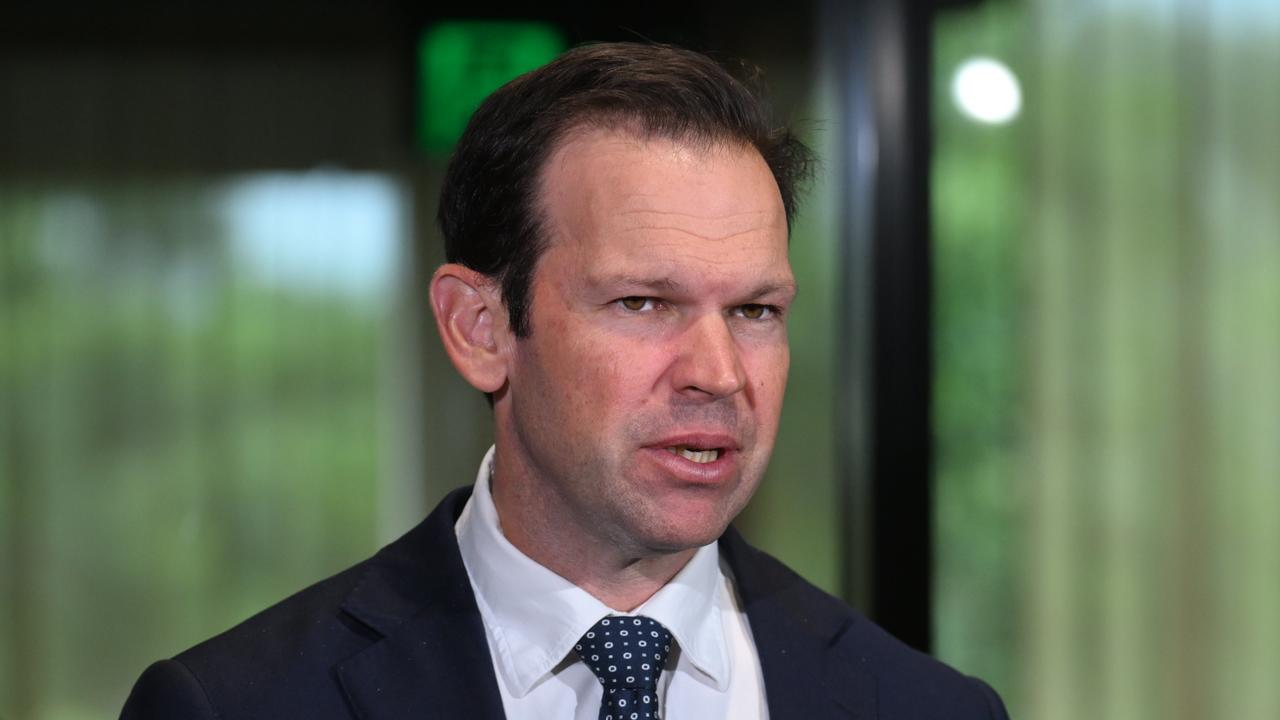Everything you need to know about voluntary assisted dying as it’s introduced across all states
Terminally ill Australians in all states will by the end of the year have access to voluntary assisted dying. Here’s how it works.

Illness
Don't miss out on the headlines from Illness. Followed categories will be added to My News.
Voluntary assisted dying laws will soon allow terminally ill Australians in every state access to a dignified death.
Earlier this year, South Australia accepted its first requests for VAD after 16 previous attempts spanning 27 years, and NSW will be the last state to open up eligibility in late November.
The procedure remains illegal in Northern Territory and the Australian Capital Territory, with anyone found to have assisted a death potentially facing murder or manslaughter charges.
Voluntary euthanasia and physician-assisted suicide were legal between March 1996 and March 1997 in the Northern Territory under the Rights of the Terminally Ill Act (NT).
The Australian Government intervened in 1997 using the territories power in the Australian Constitution to pass legislation overturning the NT Act.
Then in December 2022, laws were passed by the Australian parliament to allow both territories to, at some stage in the future, legislate VAD.
The procedure is available in limited circumstances in Victoria, Western Australia, Tasmania, Queensland and South Australia, and will begin in NSW on November 28 this year.

Who can apply for VAD?
Each state requires that applicants undergo a request and assessment process, which would typically involve each applicant making at least three requests for VAD and being deemed as eligible by at least two independent medical practitioners.
Applicants who have a change of mind or circumstance can withdraw their request at any time.
Those seeking VAD need to meet the eligibility criteria in their state, which includes being aged 18 or older, an Australian citizen or permanent resident and someone who has been a resident in the state for at least 12 months when they first request VAD.
The applicant must also be deemed to have decision-making capacity, to be acting voluntarily and without coercion, have an enduring request for VAD and have a disease, illness or medical condition that is advanced and will cause death.
In every state except Tasmania, the medical condition must be progressive; it needs to be incurable in Victoria, South Australia and Tasmania; and for Tasmania only, irreversible.
Across all states, the condition must be expected to cause death within six months, or 12 months if the person has a neurodegenerative disease, illness or medical condition.
A person in Queensland, however, who is expected to die within 12 months and whose condition can’t be relieved by means they find tolerable, can apply for VAD.
In such a case, their condition may either be physical or non-physical.
No applicant can access VAD based on having a disability or mental illness alone, with every applicant required to meet every aspect of the criteria.

What is the exact process?
• Applicant makes a first request for VAD to a medical practitioner
• Eligibility assessment by the first medical practitioner
• Eligibility assessment by second medical practitioner
• Applicant makes a second request for VAD, in writing
• Applicant makes a final request for VAD
• Administration decision and/or authorisation process
• Prescription and dispensing of VAD medication
• Administration of VAD medication
The final steps involve either the patient taking the medication themselves or the medication being given to them by a qualified health practitioner. The medication can take effect in a matter of seconds.
A young South Australian woman who is to be administered life ending IV medication on Wednesday will have passed away within 10 seconds.

Which states allow it?
VAD is illegal in the Northern Territory and the Australian Capital Territory, and in NSW until laws commence on November 28.
The procedure is available to eligible applicants in Victoria, Western Australia, Tasmania, Queensland and South Australia.
VAD restrictions
Every state has a sturdy volume of safeguards in place to avoid the procedure being accessed by ineligible people.
Restrictions include rules around when health professionals can initiate a discussion or provide information about VAD, rules around additional specialist opinions for eligible people, and strict protocols around the prescription, dispensing and disposal of VAD medications.
Unused or leftover medication has to be returned, and anyone found to encourage another into requesting VAD could face a criminal charge.
Originally published as Everything you need to know about voluntary assisted dying as it’s introduced across all states





